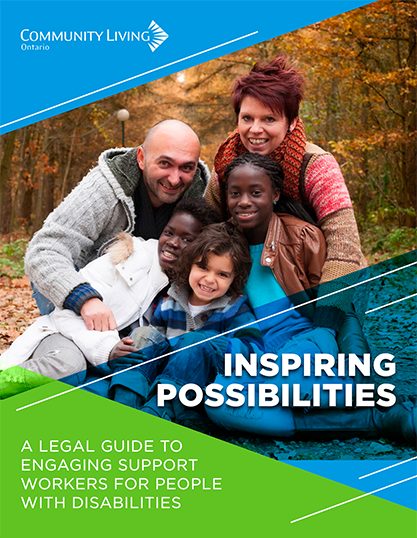Early in the COVID-19 Pandemic, Ontario introduced an online self-assessment tool. This allowed people to enter information about their symptoms or behaviour and receive guidance related to their risk of COVID-19 and what they should do in response. This tool has now gone through several iterations and updates. Most recently, the tool introduced new guidance to reflect wider availability of testing in Ontario. This blog post reviews the current guidance under the tool, and how it impacts employers.
Current State of Self-Assessment Tool
The tool starts by asking whether the user is having severe difficulty breathing, severe chest pain, confusion, or loss of consciousness. If so, they are advised to immediately call 911 or go to the emergency department.
It then asks users to identify whether they have one of 17 other symptoms of COVID-19. Previously, Ontarians with less serious symptoms were simply advised to self-isolate, and did not need to go to an assessment centre for testing. The tool now advises that anyone with one of these 17 symptoms not only needs to self-isolate and monitor for 14 days, but should go to an assessment centre to get a test. Additional recommendations are made as well.
Next, the self-assessment tool advises “at-risk” populations to self-isolate and self-monitor for their protection, including the following groups:
- People who are 70 years old or older (the risk age has now been raised from age 65);
- People who are receiving treatment that weakens their immune system (e.g. chemotherapy),
- People with conditions that weaken immune systems (e.g. lupus);
- People with chronic health conditions (e.g. diabetes); or
- People who regularly go to a hospital or health care setting for treatment (e.g. dialysis).
The self-assessment provides further recommendations for these groups and offers a service where the Ministry of Health calls the person and provides additional guidance. While “people who are pregnant or recently gave birth” was previously a part of this list, it has now been removed as an at-risk group.
People who travel outside of Canada in the 14 days prior to the assessment are required to self-isolate at home for 14 days after their return. Instructions on how to do this are again provided, as is that same Ministry of Health phone service.
The assessment next advises people to self-isolate and go to an assessment centre for testing if they were in “close physical contact” with someone in the prior 14 days who: (1) tested positive for COVID-19; (2) developed a new cough, fever, or difficulty breathing; or (3) returned from travel outside of Canada in the past two weeks. It defines “close contact” as either living in the same home as someone or being less than 2 metres in the same room, workspace or area for more than 15 minutes. Instructions on how to self-isolate are again provided, as is that same Ministry of Health phone service.
The general advice to people who fall into none of these groups is to continue socially distancing, monitor their health, and minimize time outside. They can seek a test at an assessment centre if they begin to feel sick, come into close contact with someone who tests positive, or just feel like they need a test.
How Does This Affect Employers
The new Employment Standards Act infectious disease leaves, discussed in a prior blog, permit an employee to take an unpaid leave of absence if they are advised by a public health authority making general direction to the public to take a control measure like self-isolation. Changes to the scope of the self-assessment tool change when an employee will have to self-isolate and will be able to take this leave. Employers should remain aware of when these circumstances might arise, and continue monitoring the self-assessment tool and other sources of COVID-19 news.
This has important implications for Developmental Service Sector (“DS Sector”) agencies that provide care to residents who are who may have COVID-19 or which may have an outbreak. Employees might attempt to use the self-assessment tool’s broad definition of “close contact” to justify a protected leave due to “close physical contact” even if they used proper personal protective equipment (“PPE”) and precautions. This is of course not a realistic outcome for DS Sector agencies (no more so than if a nurse could take a protected leave after treating a patient with proper PPE).
Guidance from local public health units, as well as the Ministry of Health and Long-Term Case and Public Health Ontario has suggested that self-isolation for essential workers in DS Workplaces is not necessarily the default in circumstances of “close contact”. However, agencies should confirm with their local public health unit their interpretation of the meaning of “close physical contact” for DS Sector staff and whether it includes treatment of persons supported while using proper PPE and training.
As always, PooranLaw will continue to monitor changes to the self-assessment tool and provides updates here. In the meantime, if you require legal assistance, we encourage you to reach out to your regular PooranLaw lawyer, or any member of our team.
Note: This article provides general information only and does not constitute, and should not be relied upon as, legal advice or opinion. PooranLaw Professional Corporation holds the copyright to this article and the article and its contents may not be copied or reproduced in any form, in whole or in part, without the express permission of PooranLaw Professional Corporation.







